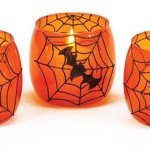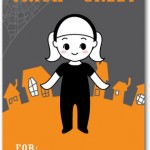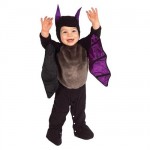All Hallows Eve
The holiday of Halloween began long ago with the rituals surrounding the ancient Celtic festival of Samhain (pronounced sow-in).
The Celtic New Year was celebrated on November 1. The New Year was the Celtic end of harvest holiday, and the start of the dark winter. Winter was often equated with death, because of winter’s harsh effect on people of the time. Because of this association, the ancient Celts believed that during the night before the New Year, the veil between the worlds of the dead and the living was thinned.
Samhain
On the eve before the New Year began, the Celts celebrated Samhain, when they believed ghosts had the power to walk the earth once more. During Samhain, the Celtic Druids, believed that they had the ability to make predictions because of the power of the spirits of the dead.
As part of the Samhain celebration, great bonfires were built, and sacrifices were made to Celtic gods. The Celts wore costumes, usually made from animal skins, and used the sparks from the sacred bonfire to light their hearth fires which would keep them safe and warm during the cold winter season.
The Roman Influence
By 43 A.D, the Roman influence was felt throughout the Celtic world, and that included the festival of Samhain. Two Roman holidays were intertwined with the Samhain celebrations–Feralia, when the Romans commemorated the passing of the dead, and a day to honor Pomona, the Roman goddess of fruit and trees. It is possible that honoring Pomona is the origin of including apples in the modern Halloween celebration, ie. bobbing for apples.
After Christianity had spread through the Celtic lands In the seventh century, November 1st was called All Saints’ Day, a holiday to commemorate saints and martyrs. Another name for All Saints’ Day was All-hallows and the night before it, All-hallows Eve, which was later called Halloween.







